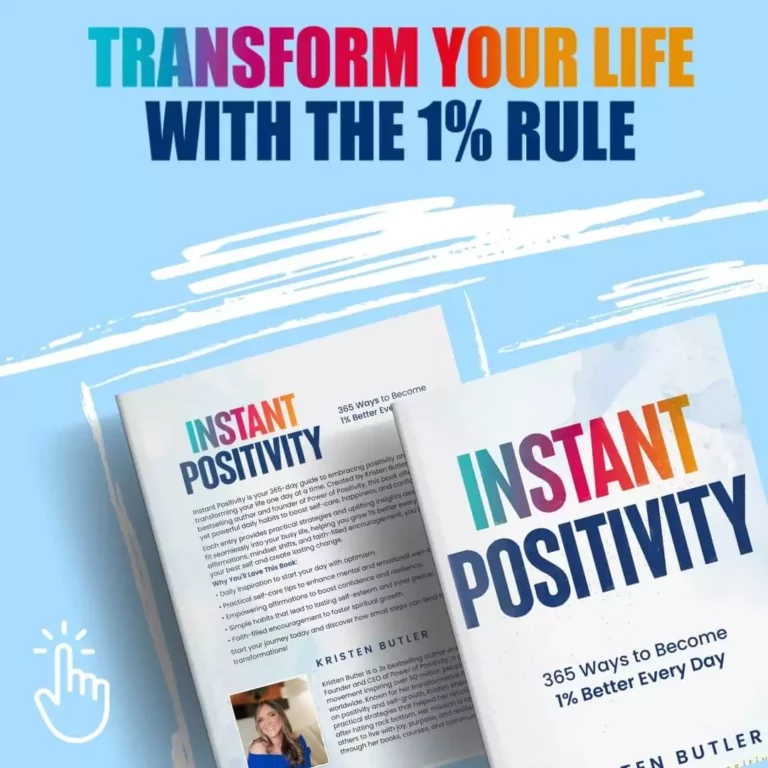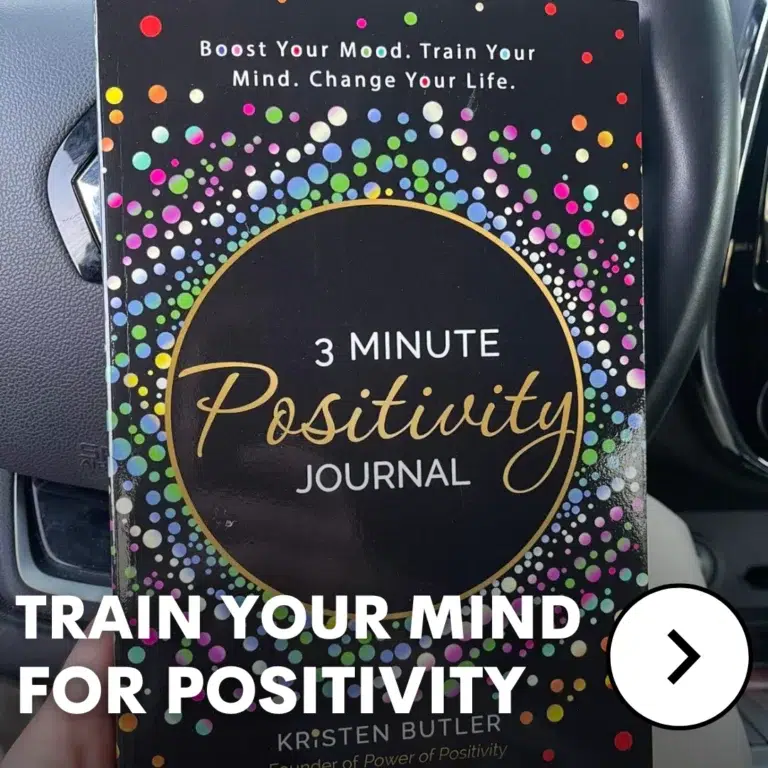When your back or joints start to ache, it’s often a sign they need more movement, not less. That’s where simple yoga poses can make a real difference. These gentle stretches and positions help loosen tight muscles, ease stiffness, and bring flexibility back to the body.
Regular practice keeps your joints moving smoothly by improving blood flow and circulation of joint fluids. It also strengthens the muscles that support your spine and hips, which helps prevent future pain or injury.
Yoga isn’t just about stretching—it’s about awareness. When you move slowly and focus on how your body feels, you start catching small imbalances before they turn into bigger problems, keeping your back and joints stronger every day.
Getting Started Safely
Starting yoga doesn’t have to be hard — it just needs to be safe. Begin slowly and focus on your breath with every move. Deep, steady breathing helps relax your muscles and keeps your joints loose instead of stiff.
Use simple props like blocks, straps, or blankets for balance and comfort. These make yoga poses easier and prevent unnecessary strain.
If you have arthritis, joint pain, or past injuries, talk to your doctor first. Getting the green light ensures your yoga poses are helping your body heal, not hurt. The goal is steady progress, not perfection.
10 Yoga Poses That Boost Back and Joint Health
1. Cat-Cow Stretch (Marjaryasana-Bitilasana)
This gentle movement is a favorite for loosening the back and waking up the spine. It’s perfect at the start of your yoga session or anytime you feel stiff.
Benefits: Increases spine flexibility, eases neck and shoulder tension, and relieves stiffness from sitting too long.
How to Do It:
- Start on all fours, with your wrists under shoulders and knees under hips.
- Inhale, arch your back, and lift your head and tailbone (Cow Pose).
- Exhale, round your back, tuck your chin, and draw your belly in (Cat Pose).
- Continue for 1–2 minutes, moving slowly with your breath.
2. Downward-Facing Dog (Adho Mukha Svanasana)
A classic yoga pose that stretches and strengthens the whole body while easing tension from the back.
Benefits: Lengthens the spine, opens shoulders and hamstrings, and supports joint strength in the wrists and knees.
How to Do It:
- Begin on your hands and knees.
- Tuck your toes under and lift your hips toward the ceiling.
- Keep your spine long, knees slightly bent, and heels off the floor.
- Hold for 30–60 seconds, breathing evenly.
3. Extended Triangle Pose (Trikonasana)
This standing stretch builds balance and flexibility in the back, hips, and legs.
Benefits: Strengthens thighs and core, improves posture, and relieves mild backache.
How to Do It:
- Stand with your feet about 3–4 feet apart.
- Turn your right foot out and your left slightly in.
- Raise your arms to shoulder height, palms down.
- Reach forward from your right hip, place your right hand on your shin or block, and lift your left arm up.
- Look up or straight ahead. Hold for 30–60 seconds on each side.
4. Sphinx Pose (Salamba Bhujangasana)
A simple backbend that gently strengthens the spine and opens the chest.
Benefits: Builds back strength, improves posture, and increases flexibility in the lower spine.
How to Do It:
- Lie flat on your stomach.
- Place elbows under shoulders and forearms flat on the mat.
- Lift your chest, pressing gently through your arms.
- Keep hips grounded and gaze forward.
- Hold for 1–3 minutes while breathing steadily.
5. Cobra Pose (Bhujangasana)
A gentle heart opener that releases tightness in the lower back and strengthens the core.
Benefits: Tones the upper back, strengthens glutes, and stretches the chest and shoulders.
How to Do It:
- Lie on your stomach with hands under your shoulders.
- Press your palms into the mat and lift your chest, keeping elbows close to your body.
- Hold for 15–30 seconds, breathing smoothly.
- Exhale to lower down and rest.
6. Locust Pose (Salabhasana)
This strengthening pose targets your back and glutes to support better posture.
Benefits: Strengthens back muscles, tones legs, and helps with spinal stability.
How to Do It:
- Lie on your stomach with your arms beside your body.
- Inhale and lift your chest, arms, and legs off the floor.
- Keep your gaze forward and squeeze your thighs and glutes.
- Hold for 30–45 seconds, then rest before repeating.
7. Bridge Pose (Setu Bandhasana)
A soothing backbend that strengthens your lower body and opens the chest.
Benefits: Strengthens the glutes and spine, improves hip flexibility, and calms the mind.
How to Do It:
- Lie on your back, knees bent, feet flat and hip-width apart.
- Press through your feet and lift your hips toward the ceiling.
- Keep your shoulders grounded.
- Clasp your hands under your back or leave them flat on the mat.
- Hold for up to 1 minute, then slowly roll down.
8. Half Lord of the Fishes (Ardha Matsyendrasana)
A simple seated twist that stretches and energizes the spine.
Benefits: Improves spinal flexibility, stretches hips, and supports digestion.
How to Do It:
- Sit tall, bend your right knee, and cross it over your left leg.
- Place your right hand behind you for support.
- Bring your left elbow outside your right knee and twist gently.
- Inhale to sit tall, exhale to twist deeper.
- Hold for 30 seconds per side.
9. Two-Knee Spinal Twist (Supta Matsyendrasana)
A relaxing pose that eases tension in the lower back and hips.
Benefits: Loosens tight back muscles, relieves stress, and increases spine mobility.
How to Do It:
- Lie on your back, pull your knees to your chest.
- Drop both knees to one side while keeping shoulders flat.
- Stretch your arms in a T-shape.
- Turn your head to the opposite side.
- Hold for 45 seconds, then switch sides.
10. Child’s Pose (Balasana)
A peaceful resting pose that stretches and releases tension through the spine.
Benefits: Gently stretches hips, thighs, and ankles while calming the nervous system.
How to Do It:
- Sit on your heels, big toes touching, knees apart.
- Fold forward, reaching your arms in front of you.
- Rest your forehead on the mat.
- Breathe deeply and stay for 1–5 minutes.
How Yoga Improves Joint Function Over Time
Yoga works like natural joint therapy when practiced regularly. The slow, steady movements in yoga poses help your joints release stiffness and move more smoothly. Over time, this improves the flow of synovial fluid — your joints’ natural lubricant — which helps keep cartilage healthy and reduces wear and tear.
Strengthening the muscles around each joint also adds stability and protection, especially in areas like the knees and hips. Many people notice less swelling, fewer aches, and better range of motion within weeks of consistent practice. Yoga poses don’t just stretch your body; they keep your joints active and young.
What Research Says
Several studies show that yoga poses are more than just relaxing stretches — they can reduce chronic pain and improve mobility. Research on people with lower back pain found yoga to be as effective as physical therapy in improving flexibility and lowering discomfort levels.
Experts believe yoga strengthens weak muscles while teaching better posture and alignment. Over time, this reduces pressure on joints and the spine. The combination of physical movement, breathing, and mindfulness helps ease tension, making it a trusted tool for managing long-term joint and back issues.
Even short daily sessions can create lasting improvements, as consistency is key to stronger, more flexible joints.
Creating a Consistent Home Practice
Keeping a routine doesn’t mean spending hours on the mat. You can start small and still make progress.
- Practice yoga poses for 10–15 minutes daily.
- Use online classes or apps for guidance.
- Start with gentle stretches, then move into deeper poses as your body warms up.
- Always finish with deep breathing or relaxation to calm your body and mind.
Sticking to short, simple sessions helps you build strength safely. Progress comes from consistency, not intensity. Even a few minutes each day can keep your back and joints healthy for the long run.
When to Avoid or Modify Poses
Not every move fits every body — and that’s okay.
- Skip deep twists or strong backbends if you have arthritis, herniated discs, or recent surgery.
- Use props like straps, blocks, or bolsters to reduce pressure on joints.
- Stop if you feel sharp pain or numbness — yoga should never hurt.
The key is gentle progress. Adjust yoga poses to suit your comfort level, and let your body guide your limits each day.
Final Thoughts on Yoga for Back and Joint Health
Good health doesn’t come from pushing harder — it comes from moving smarter. Yoga poses offer a safe, natural way to strengthen your back, ease joint pain, and bring balance back into your body.
Stay consistent and patient with your practice. With time, you’ll notice more flexibility, less stiffness, and better posture. Every small stretch counts toward a stronger, more comfortable you. Yoga truly helps your body feel supported — one mindful movement at a time.














